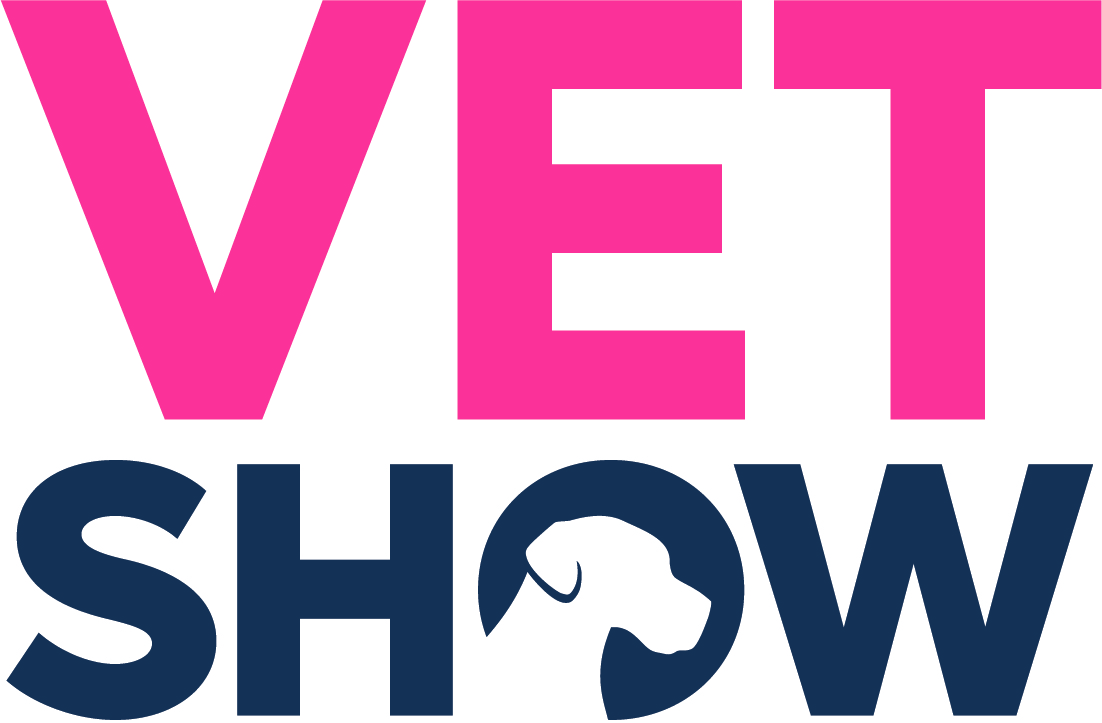An Interview With Dr. Mariana Pardo
)
Q: Can you reflect on a specific moment in your career where you felt most proud of your contributions to the field of Emergency and Critical Care?
A: On a personal note, I was very proud when I became a Board Certified Veterinary Criticalist, after nearly 10 years of hard work. However, I truly felt my greatest contribution came when I decided to start a teaching Instagram account. I started it during the pandemic due to the burnout and stress it brought me. I really love to teach, and at that time, the account was a creative outlet for me and my own mental health. Then, it grew significantly, and it came to the point where I was able to hear feedback from other females, specifically in other countries, telling me that my journey had inspired them to continue to pursue either specialization or just try to improve their overall medicine knowledge. They continued to tell me how inspiring it was to see other women trying to be speakers in international platforms. At that point, I really felt that my reach could be global and that hopefully my journey could parallel a lot of theirs. It wasn't a quick or easy path for me, taking 10 years, so I wanted to encourage them not to give up, even if their goals didn't materialize right away.
Q: Can you share some insights on ways to quickly identify and manage toxic exposures in emergency situations that you'll discuss during your lecture 'Common Toxicities & Decontamination Techniques?'
A: Of course. Identification of toxins, in general, involves recognizing signs of intoxication in pets. Overall, most owners are aware of what their pets have ingested. However, in cases where they are unsure, we rely on clinical signs to determine possibilities. For instance, if a patient displays neurological symptoms, we consider a range of potential causes including medications, drugs, and plants. Unfortunately, unlike in human medicine, we lack comprehensive toxicology panels, and the available tests, like urine tests, are not always reliable. Therefore, our approach often relies on clinical judgment and discussions with owners regarding potential exposures.
Fortunately, in many cases, owners are aware of the toxic substance ingested, allowing us to induce vomiting and examine the vomit for evidence. However, when the substance is unknown, we utilize broad decontamination techniques to remove any potentially harmful substances from either the bloodstream if absorbed or the gastrointestinal tract if not yet absorbed. This proactive approach aims to prevent further absorption and mitigate potential harm.
Q: Are there any specific challenges that you'll address during your lecture on 'Bite Wounds 101: Management Pearls?'
A: I think some of the biggest issues we encounter when bite wounds worsen is a significant delay in providing antibiotics. Often, our focus is on the surgical aspect of closing or addressing these wounds. Pain management is, of course, crucial, but it's imperative that we administer antibiotics to the patient as soon as possible. The severity and depth of these wounds, along with the introduction of bacteria from the mouth of the animal, can lead to serious complications such as sepsis. Therefore, it's crucial to consider antibiotic therapy early in the management of these cases, even before surgical intervention. Prompt administration of antibiotics can make a significant difference.
Another important aspect we'll discuss is alternative treatments for wounds that are not healing well. We'll explore additional strategies, medications, dressings, and techniques, including options like hyperbaric oxygen therapy, which may significantly aid in the healing process for challenging wounds.
Q: Can you provide practical tips or strategies that attendees will gain from your lecture on 'Triaging the Respiratory Emergency?'
A: Many people get very nervous about respiratory cases, but there are three main categories we need to keep in mind when considering them: whether it's related to the lungs, the heart, or an external look-alike syndrome. Many of these situations are time-dependent, requiring quick action to determine the issue. So, I believe some of the most important aspects of initial triage involve the use of ultrasound. I think that by far, ultrasound is one of the most powerful tools for obtaining crucial information, guiding our direction. When it comes to medications that we should administer, oxygen is obviously necessary for all these patients, but it's important to differentiate between giving a diuretic for a cardiac patient and potentially administering a bronchodilator or even fluids if we suspect acidosis is causing their breathing difficulties. I believe ultrasound has become as essential a tool as the stethoscope at this point, guiding us in the right direction.
Q: What are some common urinary tract emergencies seen in veterinary practice that you'll discuss at NY Vet Show?
A: I’m very excited about the possibility of delving into this topic at the NY Vet Show. I think the majority of people know how to manage things like urinary tract infections and urethral obstructions. However, I really want to discuss the complications that can arise from these, for example, what happens when the bladder ruptures. Therefore, we're going to focus on things like URO abdomen and urosepsis, and how to recognize these conditions, including tears down the urethra. So, we'll be discussing topics that are a little more advanced, and that's when we become really concerned about something that's very common but can go poorly. I’m going to answer questions like: What are the next steps? What is the prognosis? What conversation do we need to have with the client?
Q: Finally, what piece of advice would you like to give to individuals who are at the start of their veterinary career?
A: There are two tips that I’d like to share. The first, and I think by far the most important one, is to continue to be humble. Making sure that you are treating everyone around you equally is very important. You should really appreciate your nursing staff, ensure you're reaching out to your administration people, and give them the support they need. Break the stereotype of a doctor with a big ego; trust your veterinary team, take a team approach, and be humble about your knowledge. There are things that you don’t know and being open to saying 'I don't know the answer to that question but let me research that topic' is crucial.
Following up on that, my second piece of advice is staying up to date with medicine. Medicine changes constantly, and if we're not staying on top of continuing education, we will unfortunately end up doing poor work. Remember that things are changing; you might not always have the right answer - we make mistakes all the time. So, keep up with the literature and try to find those answers.
If you want to hear more from Dr. Mariana Pardo, make sure to register for New York Vet today so you can experience her sessions and so much more!

